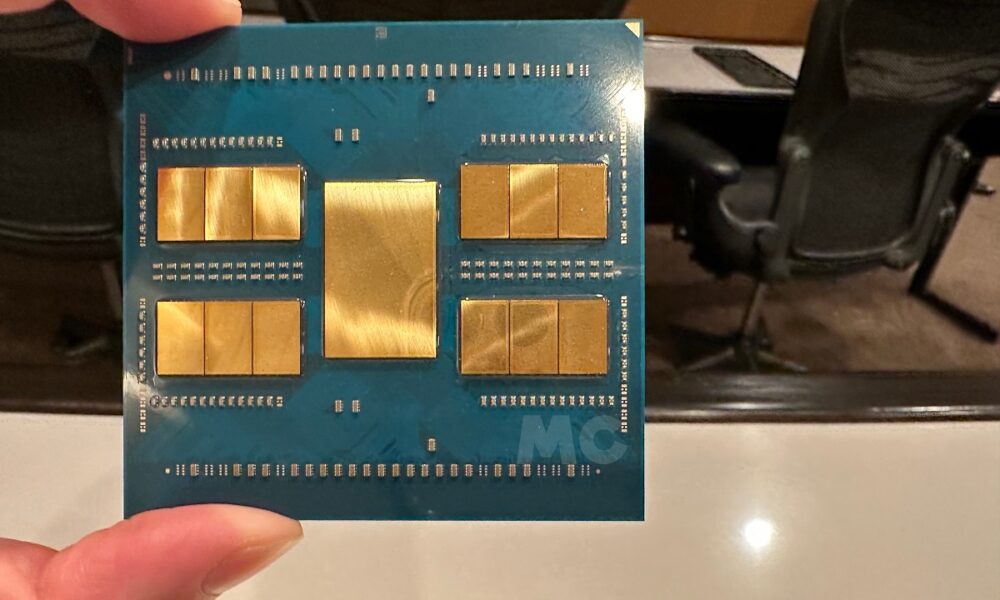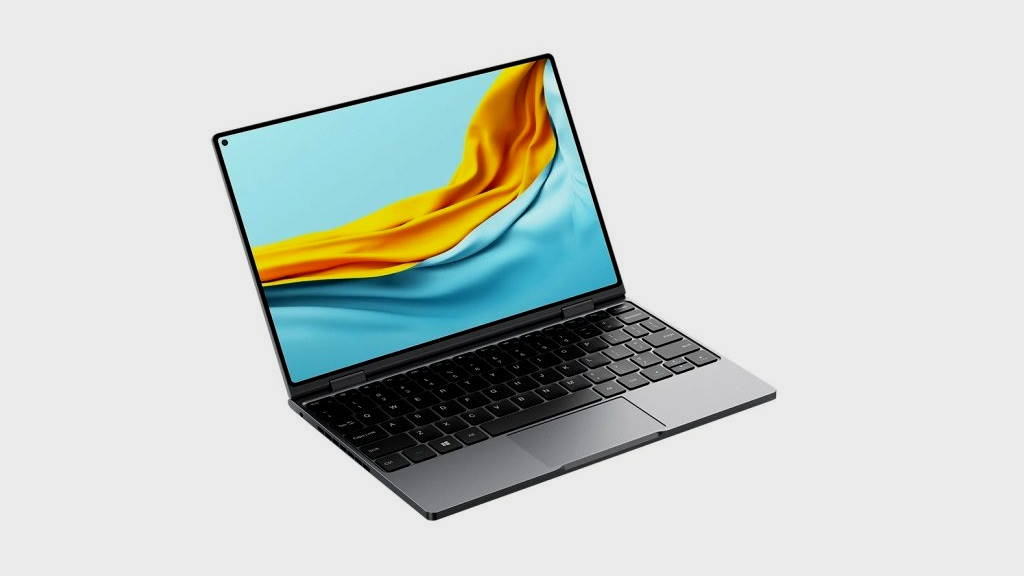
AMD is working on the Ryzen Threadripper 7000, a new generation of HEDT processors that will be based on the Zen architecture 4and according to the latest information it will hit the market in September 2023, Framed within the Storm Peak series. The details we have are still scant, but we can share with you some interesting facts.
As we have anticipated, the Ryzen Threadripper 7000 will be based on the Zen 4 architecture, which means that they will offer a important jump in CPI (single-thread performance), they will have a larger number of cores (they could reach a maximum of 96 cores and 192 threads) and will have all the optimizations offered by the new 5nm node from TSMC that AMD has used.
The Ryzen Threadripper 7000 will be compatible with DDR5 memory in quad channel configurations, although the WS (for workstation) versions will offer eight channel configurations. Another important difference between the HEDT and WS versions is that the former will support up to 64 PCIe Gen5 lanes8 PCIe Gen3 lanes and will offer overclocking functions, and the latter will have up to 128 PCIe Gen5 lanes and they will not support overclocking.
If that cap of 96 cores and 192 threads is confirmed, which is quite likely, AMD would have plenty of leeway and could launch numerous models. At the top we would find processors with 96 cores and 192 threads, 84 cores and 168 threads, and 64 cores and 128 threads.
The mid-range within this new generation would be made up of solutions with 48 cores and 96 threads, and by models with 32 cores and 64 threads. Finally, the cheapest models would have configurations of 24 cores and 48 threads and 16 cores and 32 threads. Keep in mind that this is an estimate, and that AMD may eventually drop some of those configurations on their Ryzen Threadripper 7000.
Both for single-thread performance and multi-thread capacity, the Ryzen Threadripper 7000 will represent a significant leap compared to the Ryzen Threadripper 5000. Think that the current generation peaks in configurations of 64 cores and 128 threads, and that they also only use DDR4 memory, which means that its performance is at a disadvantage when we move in environments where speed and memory bandwidth influence, which obviously are higher when using DDR5.



